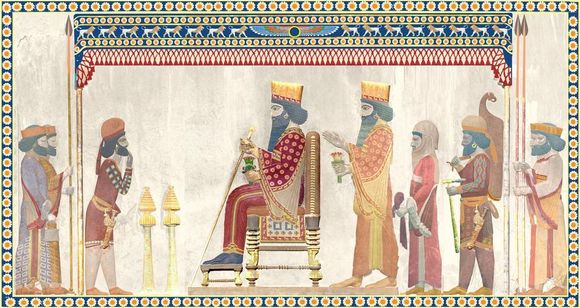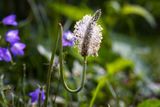Text adaptation: Rositsa Tashkova, Master of Molecular Biology and Microbiology
The Persian Empire is one of the largest known in world history, encompassing the lands located on the Iranian Plateau – Asia Minor – Egypt and Europe. It is the predecessor of Iran. The great kings of the ancient Persian kingdom belonged to the Achaemenid dynasty (648 - 330 BC), and according to mythology, its founder was Achaemenus, who is considered the son of Perseus.
The most famous Persian doctor, Abu Ali Al-Hussein Ibn Abdallah Ibn Sina, aka Avicenna, was the first person in medical history to use the term "epilepsy", meaning "possessed by an external force" in Latin.
He is the author of 40 books in the field of medicine, including the most influential work of his time - "The Canon of Medicine". This medical encyclopedia collects and systematizes all knowledge up to that time and becomes a standard medical textbook for many universities in Asia and Europe. It was used until the middle of the 17th century.
This article is based on a 2014 scientific publication [ref.1], in which the most significant herbs and medicinal plants used in Ancient Persia in epilepsy sufferers were studied and collected. The intersections and potential applications of these plants in modern medicine are sought, especially as anticonvulsants (suppressing convulsions characteristic of the disease).
French lavender (Lavandula stoechas) against convulsions
The effects of the water-methanol extract of French lavender flowers on epilepsy and spasms in mice have been investigated. The results show that it significantly delays the appearance of the first seizures and reduces the severity of convulsions in these laboratory animals. Possible explanations of these results may be the role of the plant extract as a calcium channel blocker. [ref.2]
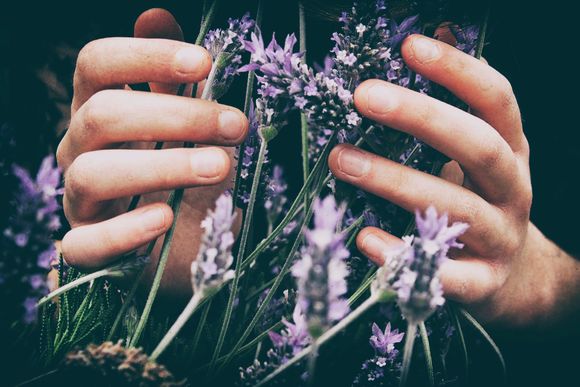
Marjoram (Origanum majorana) reduces the duration of seizures
The antiepileptic and sedative properties of various extracts from the aerial parts of majorana in rodents have been studied and all extracts have been found to slow down the onset and reduce the duration of seizures. The main compound responsible for the activity of the plant has been identified and it's called ursolic acid. [ref.3]
Coriander (Coriandrum sativum) seed extracts
Coriander is also known as Chinese parsley or cilantro. Aqueous and ethanolic coriander seed extracts were tested on mice and the results showed that both extracts had anticonvulsant effect. Scientists suggest that the effect may partly be due to coumarin compounds isolated from this plant. [ref.4]
Dodder (Cuscuta epithymum)
The plant is also known as lesser dodder, hellweed, strangle-tare. The anticonvulsant activity of water-alcohol extract from the dodder plant was investigated using a PTZ test inmice. The results show that at a dose of 100 mg/kg, the extract significantly increased seizure latency and survival rates, but no significant effect on the duration of convulsions was observed. [ref.5]
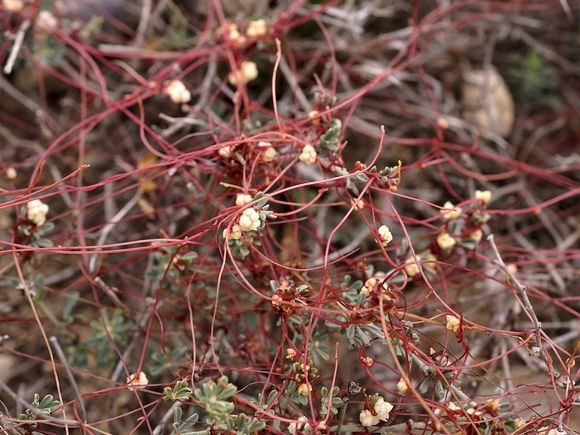
Common peony (Paeonia officinalis) for neuron protection
The effects of peony root extract on rats have been studied in laboratory conditions and it has been found to severely inhibit damage to neurons in the animal's hippocampus. Data show that peony root extract has excellent protective effects on damaged neurons in addition to anticonvulsant action when administered orally. [ref.6]
White bryony or wild hop (Bryonia alba)
The herb is also known as false mandrake, English mandrake, wild vine, wild nep, tamus, ladies' seal, and tetterbury. The ethanol extract from the aerial parts of the plant shows a moderate affinity for the benzodiazepine region of the GABA receptor, and it is the main goal in the treatment of epilepsy - the goal is to suppress convulsions. The application of aqueous extracts does not have the same effect. [ref.7]
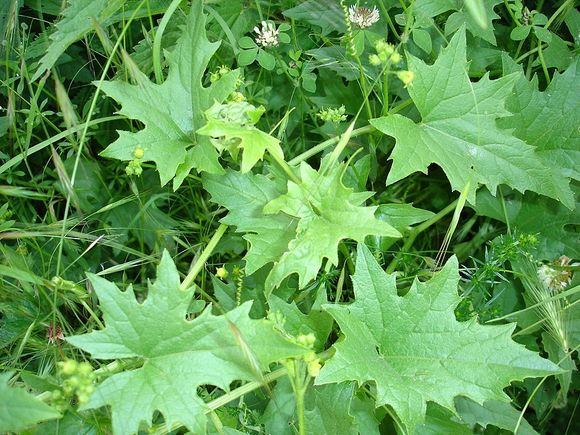
Deodar cedar (Cedrus deodara) reduces duration of seizures
This tree is also known as Himalayan cedar, or deodar/ devdar/ devadar/ devadaru. The effect of alcohol extract of Himalayan cedar wood on rodents has been studied. Results show that in certain concentrations the extract significantly slows down the onset and duration of seizures and acts sedatively by modulating GABA levels in the brain depending on the dose. [ref.8]
The described studies have been carried out on laboratory animals, but they give hope for future use and in patients suffering from epilepsy.
This information is an interesting illustration of the bridges that exist between folk medicine and modernscience. In the future, a treatment of the disease could be developed that is more gentle than currently available, based on these plants and their active substances.
